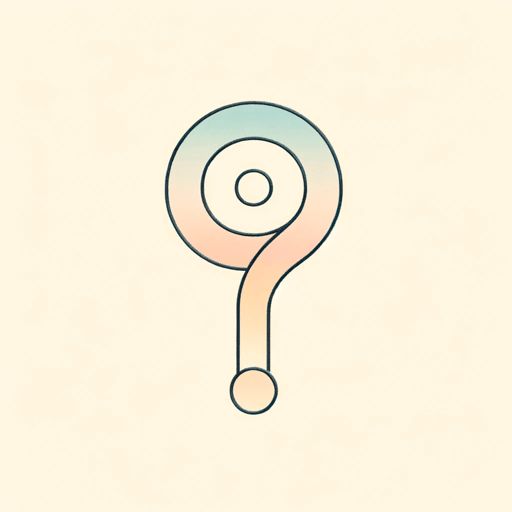128 pages • 4 hours read
Jostein GaarderSophie's World
Fiction | Novel | YA | Published in 1991A modern alternative to SparkNotes and CliffsNotes, SuperSummary offers high-quality Study Guides with detailed chapter summaries and analysis of major themes, characters, and more. For select classroom titles, we also provide Teaching Guides with discussion and quiz questions to prompt student engagement.
Summary and Study Guide
Overview
Sophie's World is a young adult book by Norwegian author Jostein Gaarder. The book follows main character Sophie, a young girl who is fourteen years old and living with her parents in Norway. Sophie's life changes dramatically when she receives a series of strange postcards, which ask her large, existential questions about the world around her. Each day, Sophie receives a postcard, and in the evenings she receives a package from a man named Alberto, which contains philosophical documents explaining theories on the nature of the universe. As Sophie learns philosophy, another mystery involving a person named Hilde is also unfolding, and Sophie soon becomes more and more confused about what is going on in her life, what reality really is, and how she can escape it.
The novel opens in Norway, where main character Sophie lives with her parents in a normal, suburban neighborhood. One day, Sophie checks the mailbox, and she receives a letter from someone she has never met before. The letter says only, “Who are you?” Another letter arrives, this one with other, large questions that confuse Sophie – they say: “Where does the world come from?” Sophie takes the letters to her “den,” a small hedge in her yard where she can squeeze inside and store secret belongings and other treasures. Sophie ponders these questions, and wonders who is sending them.
Later, Sophie receives a package. The package contains a series of documents which divulge information about basic western philosophy. The packages are from a man named Alberto. After a few days of receiving these notes, Sophie discovers that Alberto wants to teach her all about western philosophy. He says that this study is very important – if one is not questioning the nature of life, one is not really living. Sophie is engaged in the work, and very quickly learns about ancient myths, natural philosophers, and the discovery of atoms by Democritus.
At the same time that Sophie is being taught philosophy by Alberto, she receives other mysterious postcards. These postcards are for someone named Hilde, who Sophie has never met. Hilde is the same age as Sophie, and the postcards are from Hilde's father, who is writing to tell Hilde that he won't be able to make it to her birthday. Sophie doesn't understand why she is getting these letters, but keeps them anyway.
In her philosophy lessons, Sophie learns about Athens and Ancient Greek philosophy, including Plato and Aristotle. She learns about Descartes and other Renaissance philosophers, and Spinoza, Hume, and Berkeley. As these philosophers are covered, Sophie begins to question her reality more and more. This is primarily the result of some strange videos of Alberto in which he seems to go back in time, and also of the Hilde postcards, which seem able to predict and manipulate the future. Sophie is confused, but Alberto reassures her that if she understands philosophy, eventually everything will make sense.
The narrative voice then switches to the perspective of the mysterious character, Hilde. Hilde is a girl who is sent a book called Sophie's World, which tells the story of Sophie learning about philosophy. The book is by Hilde's father, Albert Knag. Hilde loves the book, but soon begins to suspect that Alberto and Sophie are in fact real – Alberto wants to escape Albert Knag's mind, with the help of Sophie. As the book becomes messier and messier, and reality more and more inconsistent, Hilde becomes sure Sophie is real. Then, at the end of the book Sophie's World, Sophie and Alberto disappear. Hilde tells her father her suspicions, but is otherwise unsure where Sophie and Alberto went. However, back in Sophie's perspective, she and Albert have escaped Knag's mind, and are now floating in a new universe.
Jostein Gaardner is a Norwegian author interested in metafiction, or stories within stories. Sophie's World was published in Norway in 1991, and translated into English in 1995. In 1995, the book became one of the most read books in the world. The book was adapted for film and into a PC game, and has been translated into over 60 languages. Gaardner is also the author of The Solitaire Mystery and The Orange Girl, among other books.
Featured Collections
Books & Literature
View Collection
Challenging Authority
View Collection
Coming-of-Age Journeys
View Collection
Education
View Collection
Fate
View Collection
Magical Realism
View Collection
Order & Chaos
View Collection
Philosophy, Logic, & Ethics
View Collection
Power
View Collection
Religion & Spirituality
View Collection
Science & Nature
View Collection
Sociology
View Collection
The Past
View Collection

